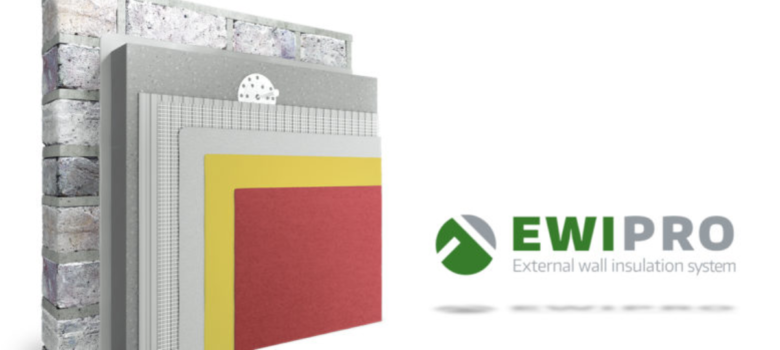
To a lot of people external wall insulation is a totally new concept. With growing household bills and an increased demands from homeowners for better methods of achieving energy efficiency, external wall insulation materials are a rapidly expanding UK phenomenon, but many of us still don’t know what it actually is.
We get many enquiries every week wondering about what the components of an EWI system are. So, we thought that we would delve a bit deeper into what actually goes into the EWI system, which is why this week we are working with EWI Pro systems to bring you this blog post in the hope that it will further enlighten you about what goes into solid wall insulation!
External solid wall insulation involves adding a layer of insulating material to the outside of your house. This improves the thermal efficiency of the walls and therefore reduces heat loss out of the property. The layer of insulation also helps to protect the underlying brickwork and often improves the look of the property (especially when applied to pebbledash!)
This blog will focus on mineral wool insulation and EPS as part of an insulation system. It should be noted though that there are others that are available on the market.
How does external wall insulation work?
Each Solid Wall Insulation system consists of numerous different materials including adhesives, insulation (depending on which company you go through, either EPS, mineral wool, cork, XPS, PIR and so on), renders, reinforcement mesh and mechanical fixings and each of these different elements need to be installed in a specific order to ensure a long lasting finish.
The products we recommend are from EWI Pro and consist of systems designed specifically with the UK housing stock in mind. They can be installed as part of retrofit works or new builds. All of the systems they sell meet strict building regulations – provided they are installed by a certified installer.
If you are considering installing external wall insulation, we would really recommend that you check that the system you are having installed is BBA (British Board of Agrement) approved. This essentially means that it has gone through rigorous testing to ensure that it is fire safe and meets health and safety regulations (basically it won’t fall off the wall or cause structural issues due to damp etc.).
The different layers of solid wall insulation
INSULATION SYSTEMS
EPS is one of the best quality polystyrene insulation materials. This is because 100mm width of EPS can achieve a u-value of 0.3 w/m2k. EPS is a rigid and tough, closed-cell foam. It is usually white and made of pre-expanded polystyrene beads.
- It is arguably the most versatile of all rigid insulation boards because it can be used in roof, wall, floor, below grade and structural applications, including external wall insulation
- Unlike traditional, dense material, EPC consists of 98% air. The air pockets in the insulation board are what makes it a great insulation
- It’s lightweight so reduces fuel consumption when being transported
- EPS is totally recyclable
- It’s made using a low pollution manufacturing process. Steam and water are the key ingredients to producing EPS, and the water is reused many times so there is no waste
- As long as it’s maintained, it shouldn’t deteriorate, maintaining it’s thermal conductivity for the length of its life
- It’s inert, meaning that it can’t degrade and leach chemicals into landfill water systems or gases into the air
Alternatively, you might prefer mineral wool (sometimes called stone wool). Mineral wool is made from volcanic rock which has been melted in a furnace at a super high temperature, spun really fast so that it forms a cotton candy-like texture, and then compressed into flat, dense insulation boards. This is a really great insulation material due to the many fibres that the spun rock creates, which allows for lots of small air pockets.
- It’s fire resistant. Mineral wool is made of rock and therefore has unrivalled fire resistant propertie, able to withstand temperatures of up to 1000°C without melting
- It is super breathable and vapour permeable
- Has a high resistance to microbiological attacks due to the fact that it is resistant to moisture
- It’s made from rock, a totally renewable resource
- It has some of the best acoustic insulating properties.
- Mineral wool can take the U-value of a building down to 0.3 w/m2k.
EWI ADHESIVES
EPS & MINERAL WOOL ADHESIVES
Typically, EWI Pro Adhesives contain a special mix of aggregates and cementitious components. After mixing with water to desired consistency, adhesive is applied onto the back of the EPS insulation boards and these are then fixed onto the wall. The mineral wool adhesive is similar but contains white cement and additional fibreglass to provide added strength and flexibility to the system. The adhesives also are used in the reinforcement layer.
MECHANICAL FIXINGS
EWI Pro EPS fixings consist of a plastic head for heat loss prevention and a rigid plastic body – so they are simple, yet very effective. The length of the EPS mechanical fixing is calculated by the thickness of EPS insulation and also the wall construction. Simply mark and drill holes where necessary, insert the plastic body into the drilled hole and then hammer the metal rod through the EPS board until the head of fixing is within the EPS slab.
At EWI Pro they recommend using EPS caps – these are used to fill in the hole produced by the EPS mechanical fixing when it is hammered in. The great thing about the EPS caps is that they completely prevent thermal bridging through the fixings. In addition they perform another really important role – once they are cemented in place with the EPS adhesive and the system dries it means that you won’t be able to see where the mechanical fixings have been used. Trust us, if they aren’t used (and not many installers use them) then as soon as the system is finished and everything contracts (as it dries) you can see hundreds of little circles under the surface of the solid wall insulation system.
REINFORCEMENT MESH
In the reinforcement layer we always recommend the use of fibreglass mesh. The mesh, when sunk into the adhesive, bonds together and acts as a reinforcement to all the EPS insulation boards.
It is really important to choose the right mesh for the right circumstances. For example, if you have kids that like playing football (and use your walls as a goal), then a stronger mesh will be more impact resistant and therefore might be more appropriate.
RENDER PRIMER
Prior to installing the render the walls need to be primed to help aid the adhesive properties of the walls and make sure that the render sticks fast to the reinforcement layer. Different primers are used depending on the different renders chosen (e.g. acrylic render, mineral render, silicone render). If your render is pre-coloured, the render primer will in some instances be pre-coloured as well.
RENDERS
There are a huge number of renders out there that you can take into consideration, depending on what finish you’re looking for.
- Mineral Render – Ideal for installing during the cooler winter months and also in areas of high humidity, mineral render is quick drying and tends to be great value. It does, however, require painting as it is not offered ready-mixed.
- Acrylic Render – Best for areas where flexibility is required. Acrylic renders are waterproof and ideal for customers keen on vibrant colours, the acrylic render does not fade over time.
- Silicone Silicate Render – This popular render combines all the best elements of all the other renders but is still cost effective.
- Silicone Render – A premium render, containing silicone water repellents. Extremely low maintenance render.
- Monocouche Scratch Render – For those looking for a traditional, smooth finish.
- Dash Render – Used to create the traditional pebbledash finish.
Think we missed something? Do you have a different opinion?
Comment below to get your voice heard…



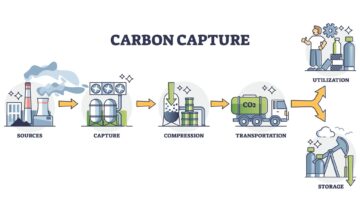
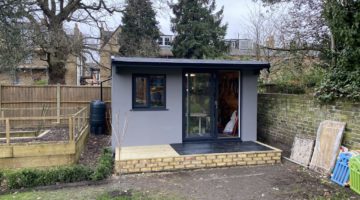
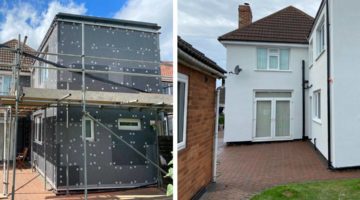
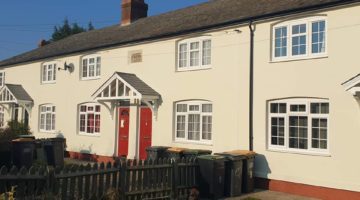





What is Tyrolean render made from?